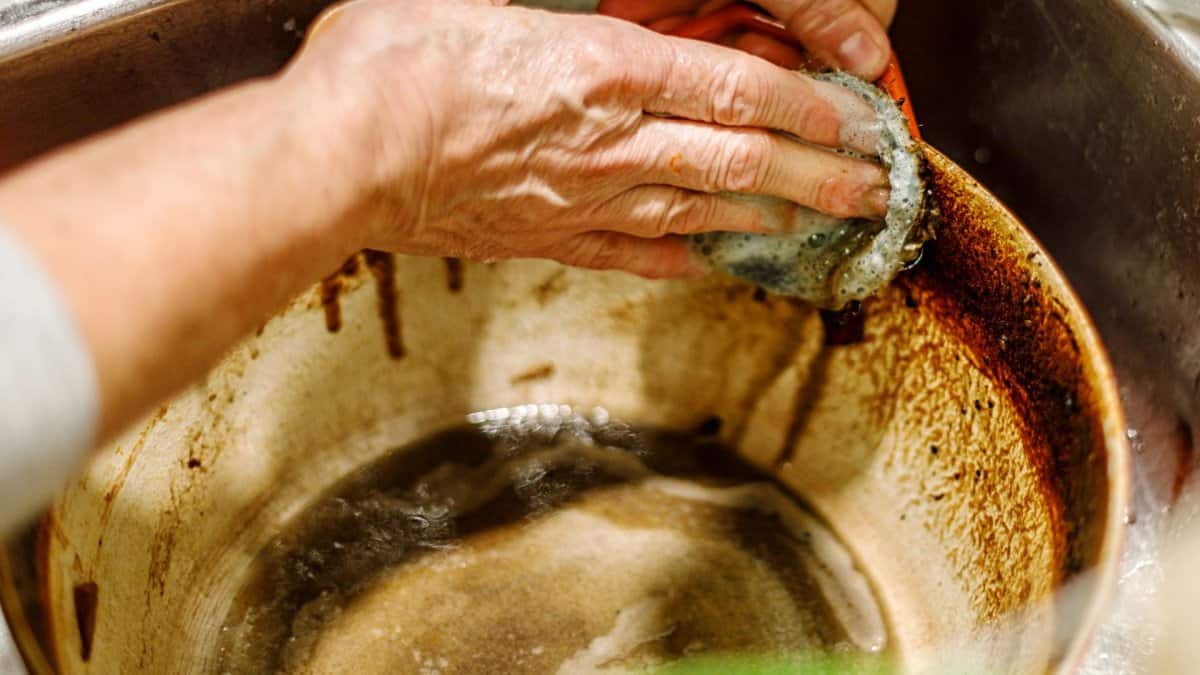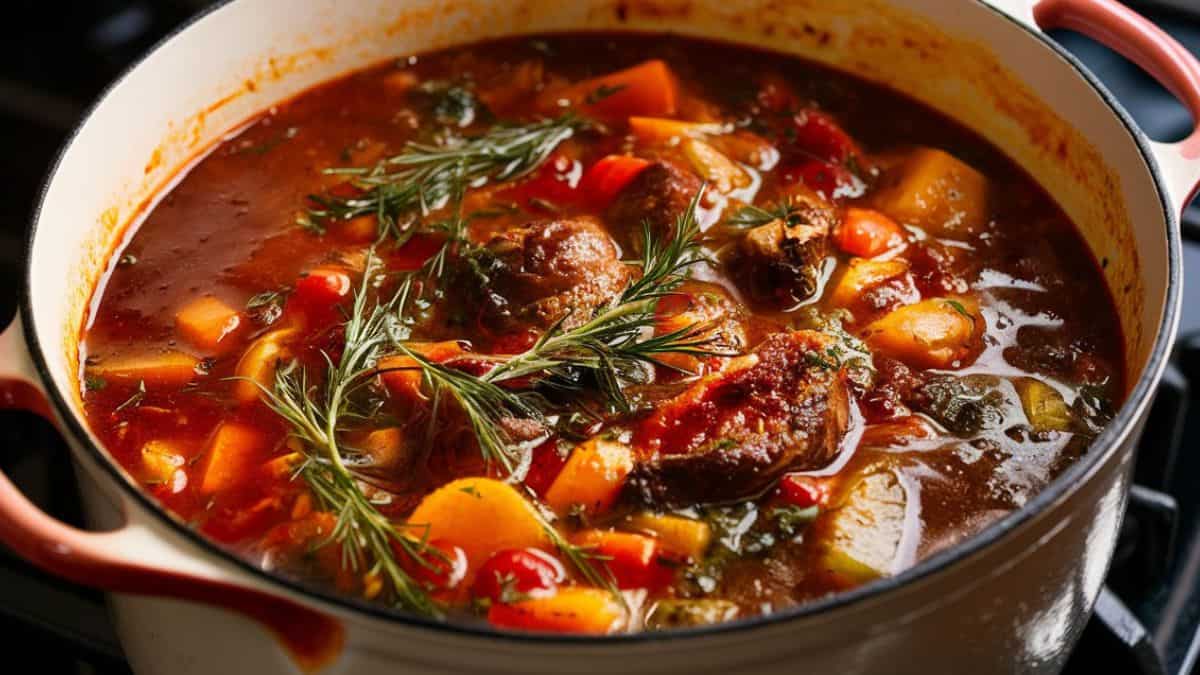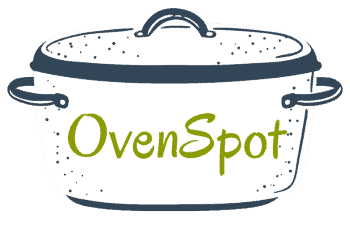How to Use an Enamel Dutch Oven: 30+ Essential Tips
There’s a reason why enamel cast iron Dutch ovens have been a staple in kitchens for generations. These versatile and durable pots are perfect for everything from slow-cooked stews to crusty artisan breads, offering superior heat retention and even cooking.
Understanding how to use and care for your enamel cast iron Dutch oven can make a world of difference in your cooking experience.
Tips for Enamel Dutch Oven Cooking
1. Preheat Gradually

To prevent the enamel from cracking, always allow your Dutch oven to heat up slowly. Think of it like easing into a warm bath – you wouldn’t jump into boiling water, and neither should your pot!
2. Use Medium Heat
Enamel cast iron distributes heat evenly, making medium heat perfect for most recipes. Pro tip: If you’re used to cranking the heat, give medium a try – you’ll be amazed at how well it maintains a simmer or browns meat.
3. Preheat Before Adding Oil

Preheat the Dutch oven before adding oil to prevent food from sticking. Pro tip: Add a few drops of water – if they sizzle and evaporate, it’s ready for the oil.
4. Check for Hot Spots
While Dutch ovens distribute heat well, occasionally stir to ensure even cooking and prevent sticking.
5. Use with Oven Mitts
Be mindful of handles and always use oven mitts or pot holders, as the handles get extremely hot. Pro tip: Keep a dedicated pair of mitts for your Dutch oven, so you always have them handy.
6. Check Lid Fit
Ensure the lid fits properly to maintain moisture and heat. A good fit is like a tight seal that keeps all the deliciousness inside.
7. Use on All Stovetops

Enamel cast iron is versatile and can be used on gas, electric, induction, and in the oven. It’s like having a reliable friend who’s always ready to help, no matter the situation.
8. Avoid Sudden Temperature Changes
Don’t place a hot Dutch oven on a cold surface. Use a trivet or a wooden cutting board to protect both your pot and your counter.
9. Use a Diffuser on Electric Stoves
If you have an electric stove, consider using a heat diffuser to ensure even heating and prevent hot spots.
10. Avoid Overcrowding

Don’t overcrowd when cooking to ensure even cooking. Give your ingredients some space to breathe and brown properly.
11. Avoid Metal Utensils
Protect the enamel surface by using wooden, silicone, or nylon utensils. An old wooden spoon with a story adds character to your cooking!
12. Deglaze Safely
When deglazing, add liquid slowly and at a low temperature to prevent cracking. It’s like gently coaxing all the delicious bits off the bottom of the pot into your sauce.
13. Avoid Thermal Shock
Never place a hot Dutch oven directly into cold water – it can cause the enamel to crack. Think of it as your Dutch oven needing a gentle cool down after a workout.
14. Avoid Cooking Acidic Foods

While your Dutch oven can handle acidic foods like tomatoes, try not to cook them for extended periods to protect the enamel. For your famous marinara, consider using a stainless steel pot.
15. Seasoning Not Needed
Unlike raw cast iron, enamel does not require seasoning. Think of it as a ready-to-go companion, always prepared to help you create culinary masterpieces.
16. Oil the Rims

Occasionally rub a bit of oil around the exposed cast iron rim to prevent rust. It’s like giving your pot a little TLC to keep it looking its best.
17. Hand Wash Only
To keep your Dutch oven looking new, wash it by hand with warm, soapy water. It’s like giving your trusty cooking partner a gentle spa treatment.
18. Dry Thoroughly
After washing, dry your Dutch oven completely. Pro tip: After towel drying, place it on a low burner for a minute to ensure all moisture is gone.
19. No Abrasive Cleaners
Avoid using abrasive sponges or cleaners. A soft sponge and some elbow grease will usually do the trick. Remember, a little care goes a long way!
20. Clean Stains with Baking Soda

For stubborn stains, make a paste of baking soda and water, let it sit, then scrub gently. Pro tip: This also works wonders on burnt-on food.
21. Store Properly
Store with paper towels or cloth between the lid and pot to avoid chipping. Your Dutch oven is a treasured kitchen tool, so treat it with care and it will serve you well for years.
22. Store with Lid Off
Store your Dutch oven with the lid off to allow air circulation and prevent moisture buildup. A small cloth or paper towel between the lid and pot can help too.
23. Make One-Pot Meals

Combine ingredients and cook them all in the Dutch oven for easy one-pot meals, reducing cleanup.
24. Use for Braising
Enamel cast iron is perfect for slow-cooking meats, as it retains and distributes heat well. Imagine a tender pot roast, slowly braised to perfection – your Dutch oven is the secret weapon.
25. Use for Roasting
Roasting meats and vegetables in your Dutch oven creates deep, rich flavors. Imagine a perfectly roasted chicken with crispy skin and tender meat – that’s the magic of enamel cast iron.
26. Excellent for Frying
The even heat distribution makes it great for frying. From crispy fried chicken to golden-brown potatoes, your Dutch oven handles it all with ease.
27. Ideal for Baking Bread

Use your Dutch oven to bake bread that rivals any bakery. The retained moisture creates a perfectly crispy crust. Pro tip: Preheat the pot before adding your dough for an extra crispy crust.
28. Great for Soups and Stews
Dutch ovens are fantastic for making soups and stews because they retain flavors and keep liquids at a consistent temperature. There’s nothing like a hearty beef stew simmering all day to fill your home with mouth-watering aromas.
29. Ideal for Pasta Bakes

Prepare and bake pasta dishes like lasagna or baked ziti directly in the Dutch oven for fewer dishes to wash.
30. Perfect for Pizza
Use your Dutch oven to make deep-dish pizza. The high sides and even heat create a crispy crust and gooey center.
31. Use as a Cooler

In a pinch, a Dutch oven can be used as a cooler. The thick walls and heavy lid help insulate and keep contents cold for picnics or outdoor events. Fill the Dutch oven with ice and your beverages or perishable items, and it will maintain a lower temperature for a longer period than a standard container.
There you have it my everyday tips for how to use an enamel Dutch oven!
One-Pot Cooking Rocks!

Michelle
Hi, I’m Michelle, the founder, owner, author, and editor of OvenSpot. My passion for one-pot cooking commenced when I was working to prepare cafeteria lunches for school students. I am now on a mission to assist you in choosing the cooking pot or appliance you will use daily. As well as in-depth information to assist you in using and caring for your cookware and appliances.
Questions? Reach out to Michelle at [email protected]
